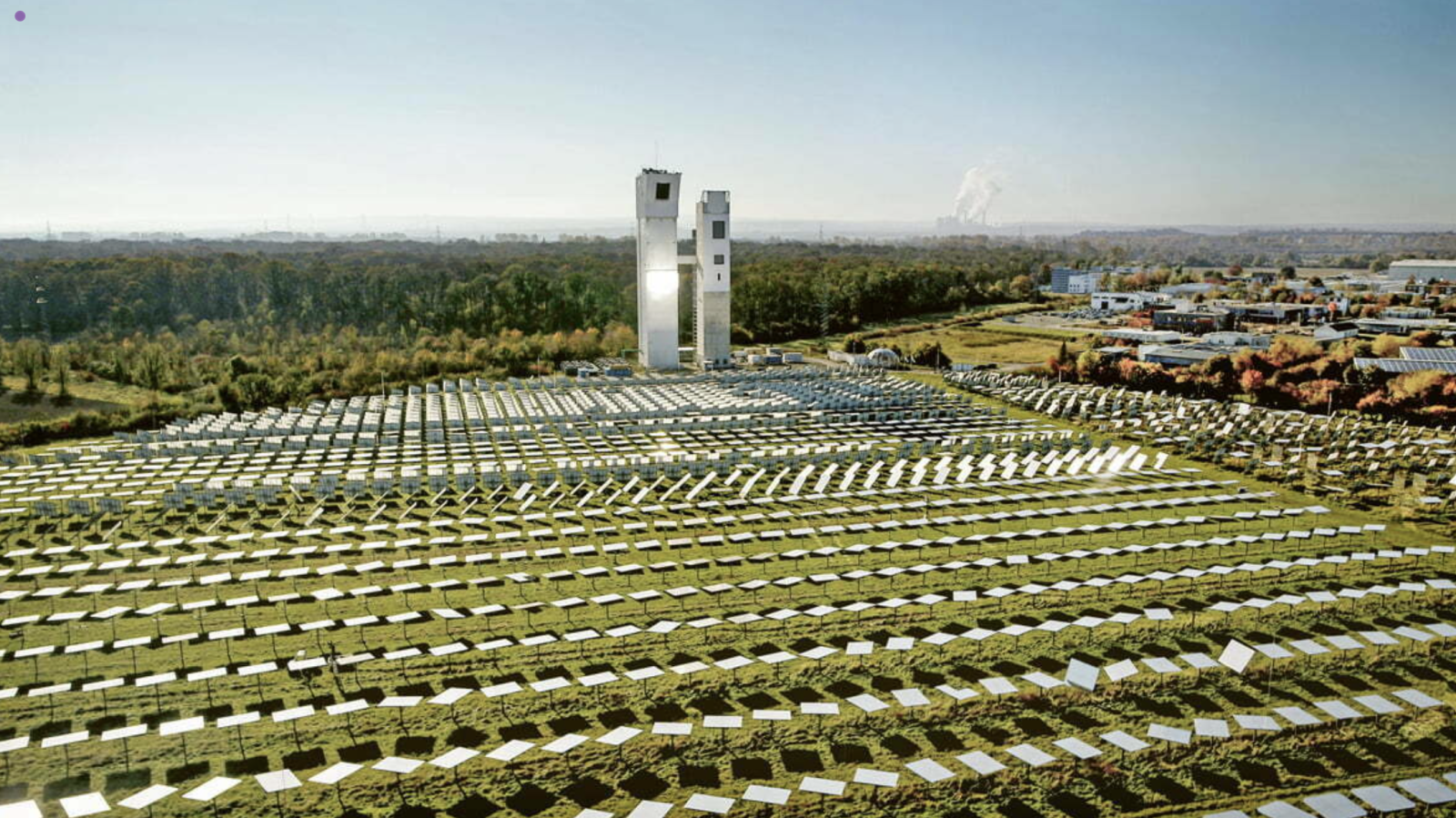Scientists at Caltech have unveiled a groundbreaking solar reactor that converts sunlight and carbon dioxide into sustainable aviation fuel (SAF), offering a potential solution to one of transportation’s toughest decarbonization challenges.
How It Works
The photothermocatalytic reactor uses a specialized solar absorber (silicon, germanium, gold, and silver) to capture sunlight and generate heat (120–249°C) without fossil fuels or electricity. This heat drives an ethylene oligomerization process, transforming simple hydrocarbons into long-chain molecules ideal for jet fuel. Unlike traditional methods, the system operates on atmospheric CO₂-derived feedstocks, creating a closed carbon loop.
Scalability Advantages
– Modular design ensures temperature uniformity at scale.
– No solar tracking reduces costs and complexity vs. concentrated solar.
– Compatible with existing fuel infrastructure, easing adoption.
Environmental Impact
Trials show SAF can slash aviation’s climate footprint by:
– 26% reduction in contrail warming effect
– 100% lower CO₂ emissions (when using captured carbon)
– Reduced soot and sulfur pollutants
This innovation complements large-scale solar fuel projects like ETH Zurich’s solar tower but targets regions where concentrated solar farms aren’t feasible.
The Road Ahead
While challenges remain in scaling production, the reactor marks a critical step toward net-zero aviation. By harnessing sunlight to power both heat and chemistry, it offers a template for fossil-free fuel synthesis—and a cleaner future for air travel.
Sources: Caltech research, ETH Zurich collaborations, SAF trials (2023–2025)










